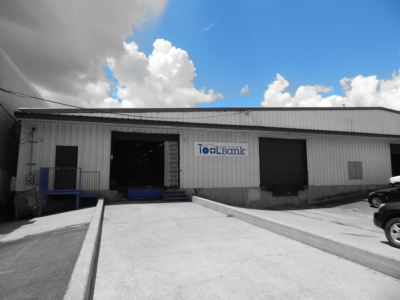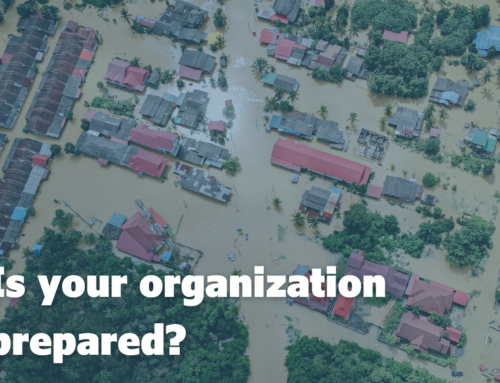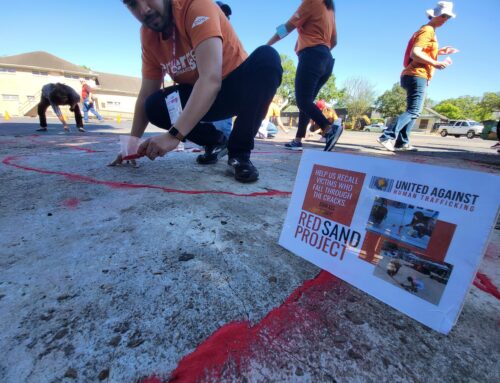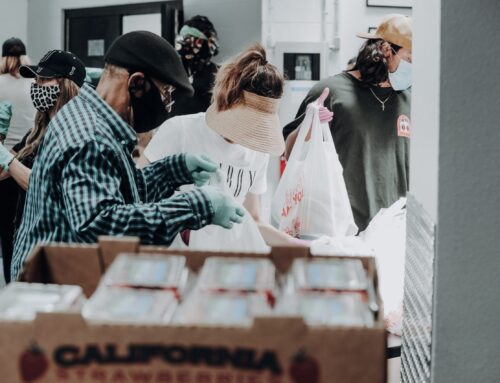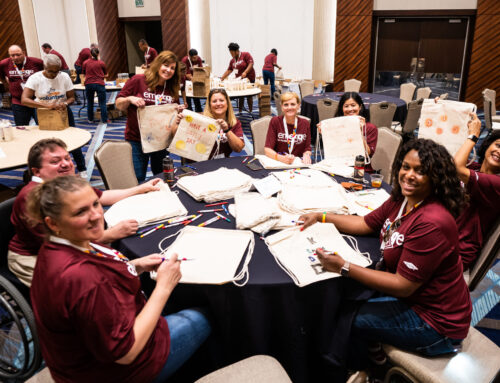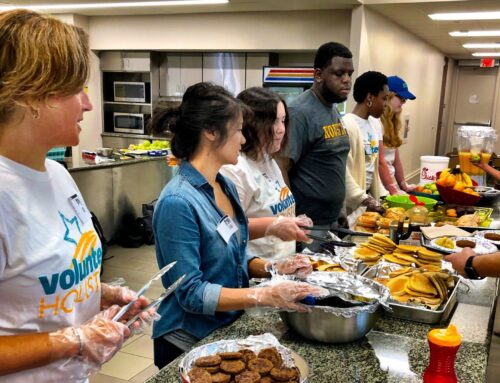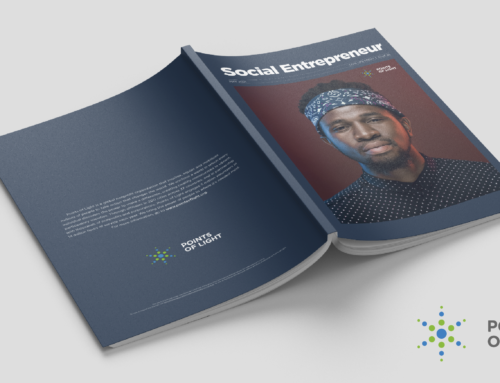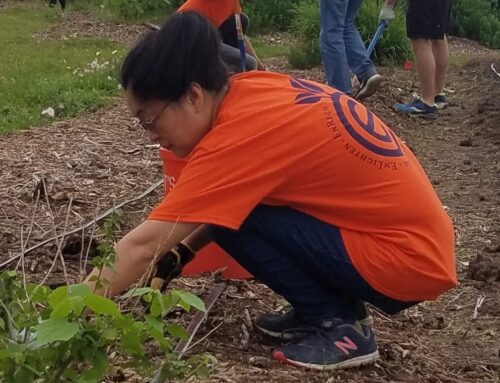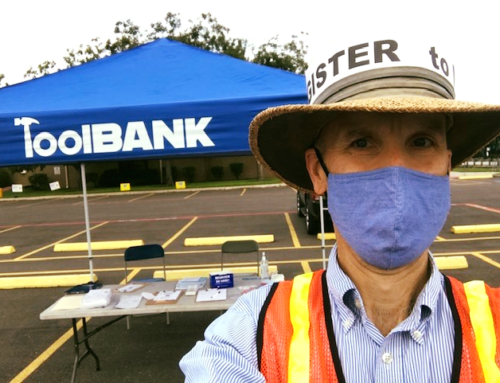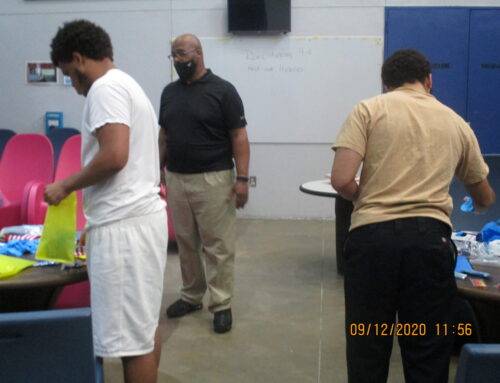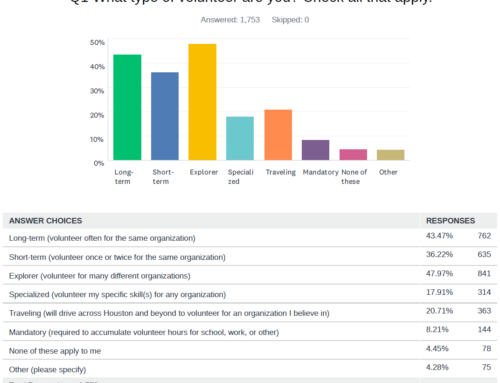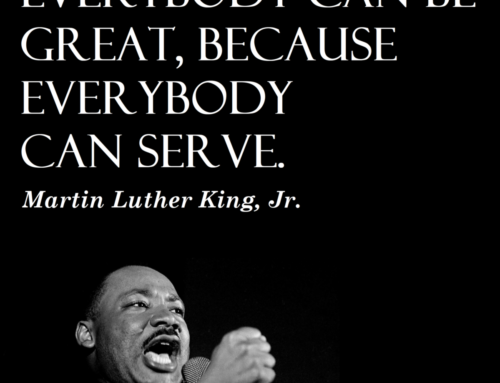Getting the Most Out of Groups of Highly Skilled Volunteers
I began serving as the Executive Director of the Houston ToolBank when it opened its doors in 2014. We are a lean organization with three staff and an annual budget of $450,000. Volunteers are critical to us successfully operating but not without challenges. In the last five years we have refined our volunteer program and really understand how to incorporate one-day large group volunteers and single ongoing volunteers into our operations. Incorporating groups of highly skilled volunteers (outside of our Board) was one of my goals for 2020 and we learned a lot!
If you work for a nonprofit, then you have undoubtedly had the call from a university about a capstone project or a corporation looking for a way for their executives to make a difference. At the ToolBank our answer has always been, “Yes! When do we start?”. Full disclosure, they have not always gone well, and looking back at the project evaluations the reasons are very obvious! Below is a list of questions we ask before committing to groups of highly skilled volunteers.
Does the group determine the project? Or does the project determine the group?
Often, we are approached by groups that have already decided who will be participating. When this happens, it is important for us to better understand the skillsets of the members and what they hope to get out of the opportunity. We will often send them all a few questions and ask for their CV or LinkedIn profiles. This is critical because we want to make sure the group can successfully complete the project. Other times we are approached by a manager or school that is interested in taking on a project and recruiting the volunteers based on the skillsets of the project. It is necessary to have a detailed project and an outline of deliverables. We spend time with the lead to determine what skills are needed at what stage and help them create a well-balanced group.
What is the budget for the chosen project?
The volunteers need to understand what resources the organization is willing to commit to the project and we need to understand what implementation costs they are willing to take on. I am embarrassed to say that I have a shelf with more than one project that would cost $100k+ to implement– way outside the realm of possibility for a small organization like the ToolBank. Looking back, this failure falls squarely on me for not orienting the volunteers and making sure they understand what resources they had to work with. I have to give a special shoutout to those rare corporate groups that understand that successfully managing a group of volunteers takes a ton of staff time and includes compensation for that in their budgets! Thank you!
How much time will the project take for everyone involved?
Understanding the time commitment on both sides, upfront will save a headache down the line. This is a great opportunity for the volunteers to understand the investment the organization is making in the success of the project. Identifying the need, project planning, orienting volunteers, providing resources and information all take time. Mapping out a timeline with specific benchmarks and estimating the time invested on both sides helps keep a project on track.
What does success look like?
The volunteers need to know what success looks like to us and we need to understand what success looks like to them. There is nothing worse than investing time into a group of volunteers and being over the moon happy with the final product, only to have them feel disappointed and like they did not do ‘enough’. We recently had a well-planned group project end this way because we did not spend the time upfront to agree on what success looked like and the impact that would have on our organization and the community.
At the end of the day, we have learned that the time and energy we invest in these skilled groups will be returned in the quality of the project they complete. I am not a pro, and still have much to learn! I would love to hear your tips and tricks for making highly skilled volunteer projects more successful
About the Houston ToolBank
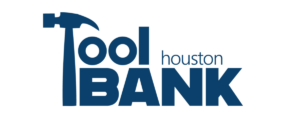 The Houston ToolBank is a nonprofit tool lending program that provides fellow not-for-profit organizations (and disaster volunteers) with year-round access to an inventory of tools for use in volunteer projects and facility and environmental maintenance. We provide tools to enhance the charitable sector’s capacity to serve, scale, and facilitate hands-on volunteerism in the greater Houston area. All other borrowing costs 3% of the tool’s cost per week.
The Houston ToolBank is a nonprofit tool lending program that provides fellow not-for-profit organizations (and disaster volunteers) with year-round access to an inventory of tools for use in volunteer projects and facility and environmental maintenance. We provide tools to enhance the charitable sector’s capacity to serve, scale, and facilitate hands-on volunteerism in the greater Houston area. All other borrowing costs 3% of the tool’s cost per week.
Access to ToolBank tools eliminates the need for agencies to incur the expense of purchasing, insuring, repairing, and storing tools, reducing the costs associated with service projects and allowing these agencies to focus more of their resources on their mission.
About the Author
Erika is the Executive Director of the Houston ToolBank. She holds a bachelor’s degree in Arts & Contemporary Studies from Ryerson University, minoring in Nonprofit Management and Equity and Diversity Studies. Erika holds certificates in Volunteer Management, Fund Development and is currently enrolled in Northwestern University’s Nonprofit Leadership program. She moved to Houston in 2014 with her husband and has a four-year-old daughter.

